Modeling Transition Metal Alloys
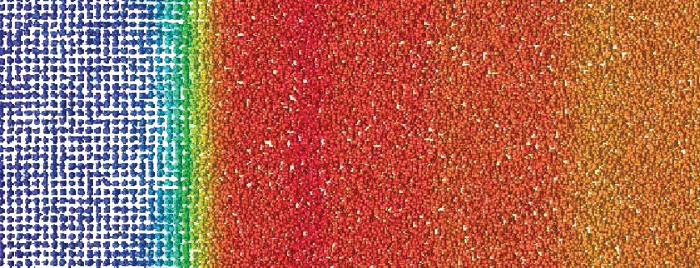
Wilkins’ research group investigated key components in many technologically important alloys, constructing inter-atomic potentials that are accurate and reliable under a wide range of pressures and temperatures.
Since 1987, OSC has been providing our clients services in four areas, or functions:
Supercomputing. OSC provides the computational power and storage that scientists need to meet their research goals. Whether researchers need to harness the incredible power of a parallel processor cluster to better understand deep space, a vector processor machine to do weather modeling, or a mid-size shared memory processor system to model the human heart, OSC has the hardware and software solutions to meet their needs.
Research. A staff of high performance computing and networking research experts maintain active research programs in HPC and Networking, Homeland Security and Defense, Environmental Sciences, Engineering and Life Sciences. Our goals are to lead science and engineering research efforts, assist researchers with custom needs and collaborate with regional, national and international researchers in groundbreaking initiatives.
Education. OSC has a national reputation for its training and education programs. Staff teach faculty and student researchers through scientific computing workshops, one-on-one classes, and web-based portal training. Ohio students gain exposure to the world of high performance computing and networking during our annual summer institutes for young women in middle school and for junior and senior high school students. And, the statewide, virtual Ralph Regula School of Computational Science coordinates computational science and engineering education activities for all levels of learning.
Cyberinfrastructure. The Ohio Supercomputer Center’s cyberinfrastructure and software development researchers provide the user community with various high performance computing software options. This variety enables researchers to select parallel computing languages they most prefer, and just as important, it creates a test bed for exploring these systems. By taking a holistic approach to generating efficient supercomputing applications for researchers, the Center’s cyberinfrastructure and software development research capitalizes on all the components within the cycle of innovation — development, experimentation, and analysis - and continuously improves the services provided.

Wilkins’ research group investigated key components in many technologically important alloys, constructing inter-atomic potentials that are accurate and reliable under a wide range of pressures and temperatures.
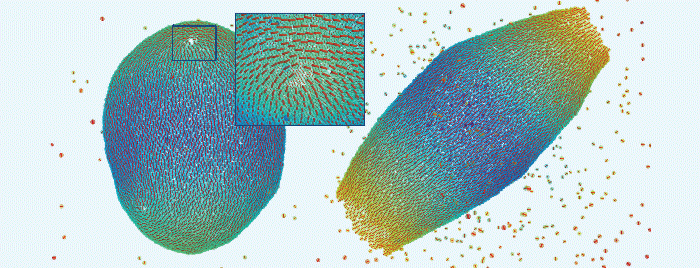
These simulations depict two vesicles in equilibrium with surfactant molecules in solution. On the left, the vesicle has four defects with topological charge of +1/2 each; the inset shows an expanded view of one of these defects. On the right, the defects have merged into holes at the ends of the vesicles.

A snapshot from simulations developed by Harvey Zambrano of The Ohio State University shows the amorphous silica nanochannel (red and yellow) confining a stream (red and white) of electrolyte-water solution.
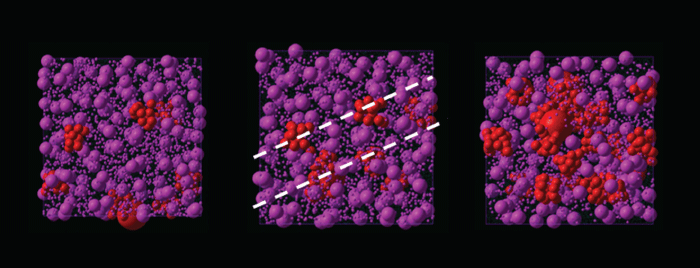
A research team led by Joao Maia of Case Western Reserve University created simulations of colloidal suspensions depicting particles contributing to hydroclusters (shown in red), which play a crucial role in the substance’s shear thickening behavior.
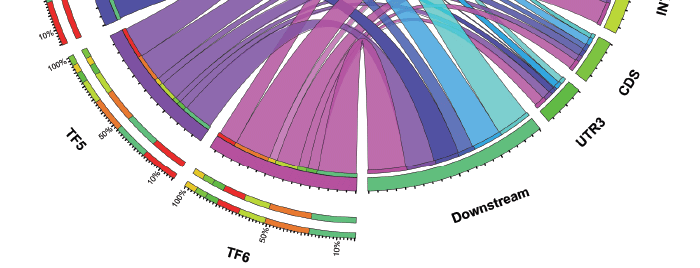
This illustration, developed by Erich Grotewold at The Ohio State University, represents the distribution of binding sites for several transcription factors (TFs 1- 6) in the genome of maize.

“These analyses will provide valuable knowledge regarding genes potentially involved in the mechanisms underlying drug resistance and the biological mechanisms of red blood cell invasion.”

Christopher Bartlett and his team at Nationwide Children’s Hospital are using the Ohio Supercomputer Center to better understand genetic links between families with multiple people affected by specific language impairment.
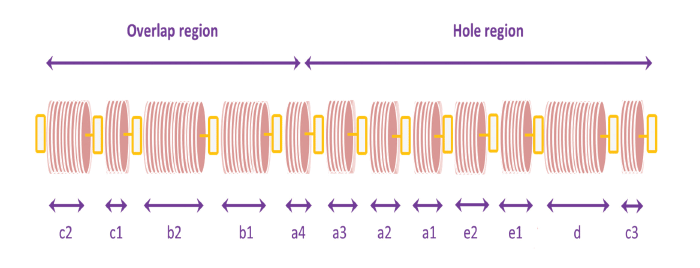
A series of light and dark bands is observed across the axis of the fibril when collagen molecules are stained with metal ions and then viewed in the electron microscope. The bands are designated sequentially c2–c3, as shown.

Using computational chemistry to help develop new antidotes for nerve agents, Christopher Hadad leveraged Ohio Supercomputer Center resources to create a molecular dynamics model of paraoxonase bound to a ligand.

The Ohio Supercomputer Center (OSC) is introducing a new industrial engagement initiative next week at SC13, thepremier international conference for high performance computing, networking, storage and analysis, being held Nov. 17-22 in Denver, Colo.